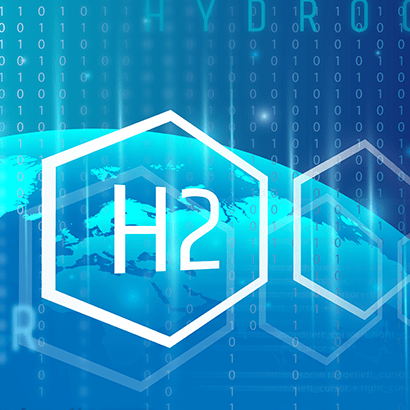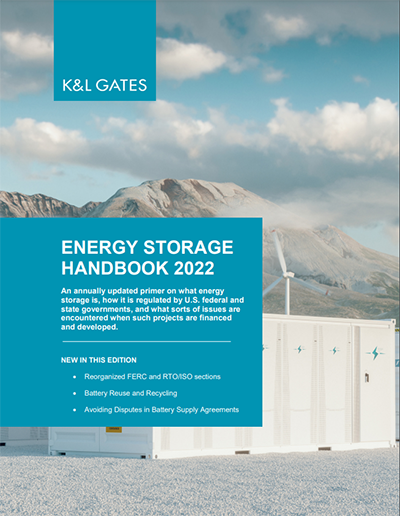Ensuring Energy Security Section in the Inflation Reduction Act of 2022
On 27 July, Senators Manchin and Schumer announced a deal on the successor to the Build Back Better Act, which is expected to pass in the Senate on Saturday (6 August 2022) and the House the following Friday. This new legislation, called the Inflation Reduction Act of 2022, includes US$370 billion in programs and tax credits to boost renewable energy production in the United States.
That said, page 644 of the draft includes language that ties federal solar, wind and offshore wind development to federal lease sales for oil and gas.
The Details
The section of the bill titled “Ensuring Energy Security” prohibits the Bureau of Land Management (BLM) from issuing rights-of-way (ROW) for wind or solar development on federal land unless an onshore oil and gas lease sale has occurred within 120 days before the wind or solar lease issuance. In addition, these wind and solar ROWs would not be allowed unless, in the previous year, BLM completed onshore oil and gas lease sales covering 2,000,000 acres or 50% of the acreage in which interested parties have expressed interest, whichever is lower. (Note: Wind and solar projects that impact federal land are authorized by ROWs.)
Offshore wind (OSW) is similarly impacted by this provision, as it prohibits the Bureau of Ocean Energy Management (BOEM) from issuing an OSW lease unless an oil and gas offshore lease sale of at least 60 million acres is held during the year before the OSW lease issuance.
The Impact
This section of the agreement is intended to force the Biden Administration to restart the regularly scheduled oil and gas lease sales that it has been cancelling since 2021, while at the same time allowing the Biden Administration to conduct fewer annual oil and gas lease sales than currently required.
The Mineral Leasing Act requires four onshore oil and gas leases per year; the language in this bill requires three onshore oil and gas leases per year, as a prerequisite to solar and wind development on federal land. BOEM offshore oil and gas five-year leasing programs require two offshore oil and gas lease sales in most years; this bill requires one sale per year, in order to allow solar and wind development on federal land.
Furthermore, the acreage requirements for oil and gas sales outlined in the bill are in line with previous sales. And for the onshore oil and gas lease sales, just in case BLM falls shore of the 2,000,000 acre requirement, they can sell leases for 50% of the acreage that parties are interested in.
The Compromise
This Inflation Reduction Act of 2022 is a compromise forged by Senate Democrats with the slimmest of majorities. The Ensuring Energy Security section is Energy and Natural Resources Committee Chair Joe Manchin’s way of requiring an all of the above energy policy for the country.


